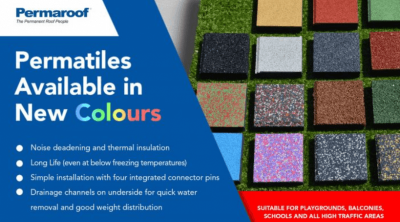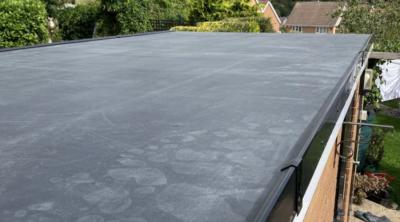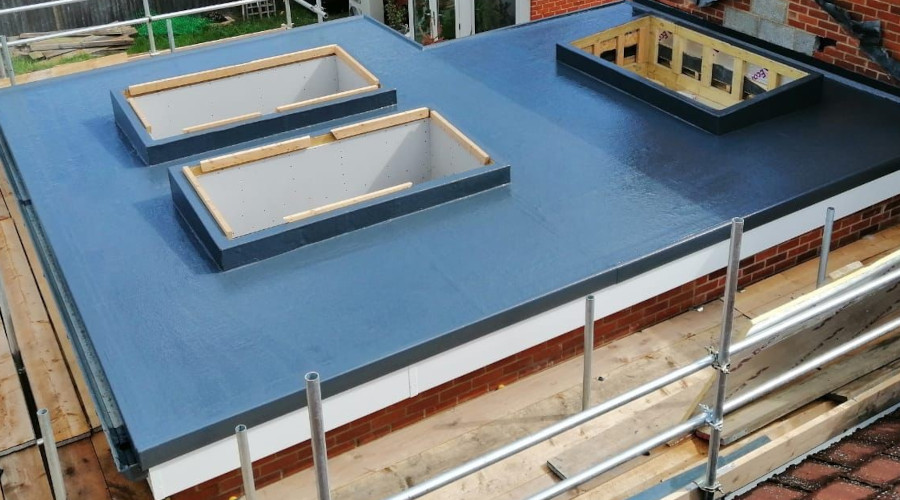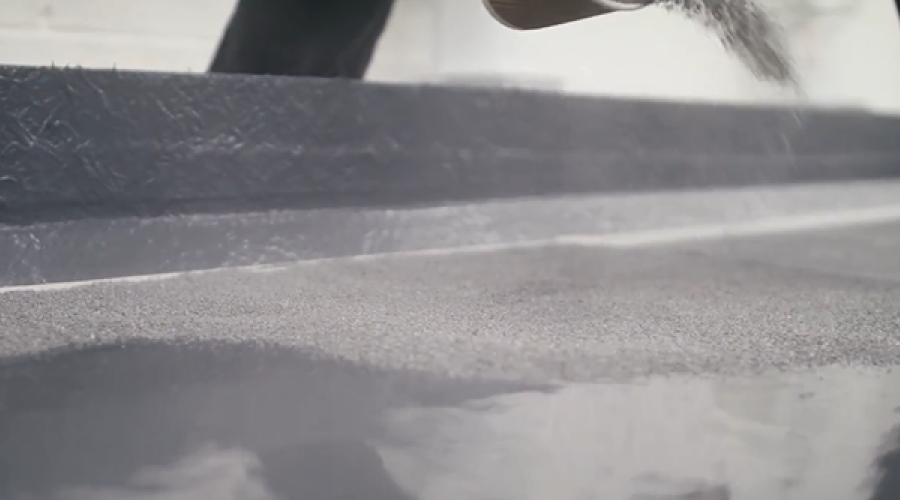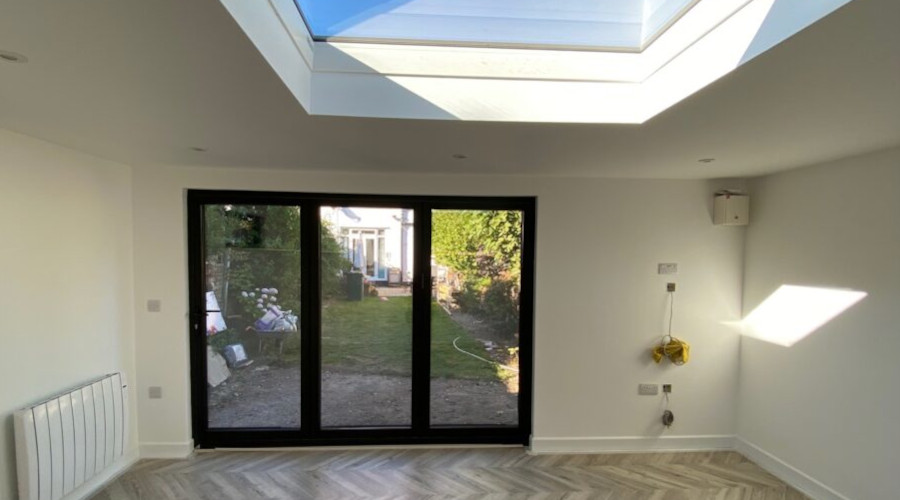DIY Shed Roof Waterproofing for the Long Term
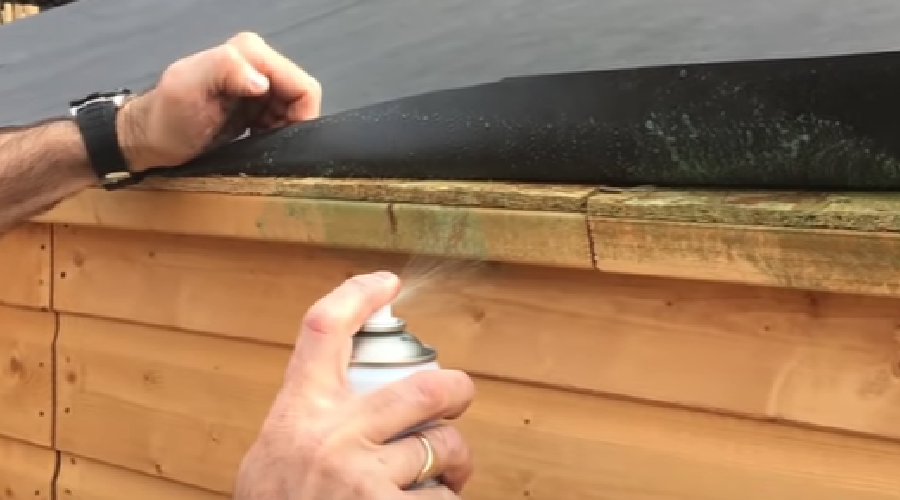
Across the UK Spring has sprung and homeowners are venturing outside following the rain to see how the garden has survived. Plants will be checked, especially the delicate varieties, fences and often left until last – the garden shed.
Peeping inside with a feeling of dread is a familiar scenario for many of us this time of year. Felt shed roofing is notoriously unreliable and inevitably begins to deteriorate after a few years, letting in water and damaging interiors and tools.
This is why it is important to check that the waterproofing is up to scratch and not showing any common signs of wear or damage, such as bubbles, thin or loose patches or obvious tears that will need attention. This year, why not take a long term approach and put the waterproofing behind you for good.
How to tell if it’s time to replace the waterproofing
Basic visual inspection on the outside and inside the shed roof should tell you all you need to know about the condition. Even if you don’t spot the obvious warning signs in the felt, looking for damp patches inside, condensation on the window and running your hand at the back of the roof timbers and battens will be enough to identify a seep or leak.
Water doesn’t have to be pouring obviously through the roof for there to be a potential problem. Often, water will seep through the smallest crack and track through the timbers, where it will eventually settle and start the rotting process.
If you find any sign of a leak, attend to it fast and avoid further damage to the timbers or goods. On the face of it, the shed roof may only look like it needs a patch repair, but if you’ve repaired it repeatedly, it’s probably time for a change of approach.
The best alternative to felt for DIY shed roof waterproofing
EPDM membrane is perfect for DIY shed roof waterproofing. Highly reliable, easy to install and cold applied in a single sheet, there are no vulnerable joins in the entire roof surface through which water can leak.
RubberCover EPDM has a service life expectancy of more than 50 years, meaning that it is highly likely to outlive your garden shed roof altogether. The membrane is stable and won’t degrade in extreme weathers or temperatures but remain flexible over its expected lifespan.
Ease of installation, proven performance and the convenience of its availability in kit-form for shed roofs has made EPDM surge in popularity for the UKs DIYers.
Buying EPDM for shed roofing
Buying EPDM in a tailored kit for a shed brings advantages to the DIY sector, reducing the risk of over or under buying and having to calculate and buy the materials separately.
We stock RubberCover DIY shed roof waterproofing kits, complete with EPDM membrane, sufficient adhesive and sealant included. To make it as easy as possible, we’ve introduced a range of kits to correspond with the most popular standard shed sizes.
All you have to do is measure the shed and select the size from the drop-down list. We’ll do the rest – including provide extra membrane for your overhang.
DIY shed roof waterproofing kits come with full installation instructions and a lifetime membrane guarantee – we’ve included a video below to show you just how it’s done and are at the end of a phone if you need extra support.
Browse our range of shed roof kits here and just think… next year and every year for the next 50 years, you can open the shed door with confidence and know there won’t be a leaking roof in sight.
This is an updated version of a popular blog post from 2022. You can read the original version here.



